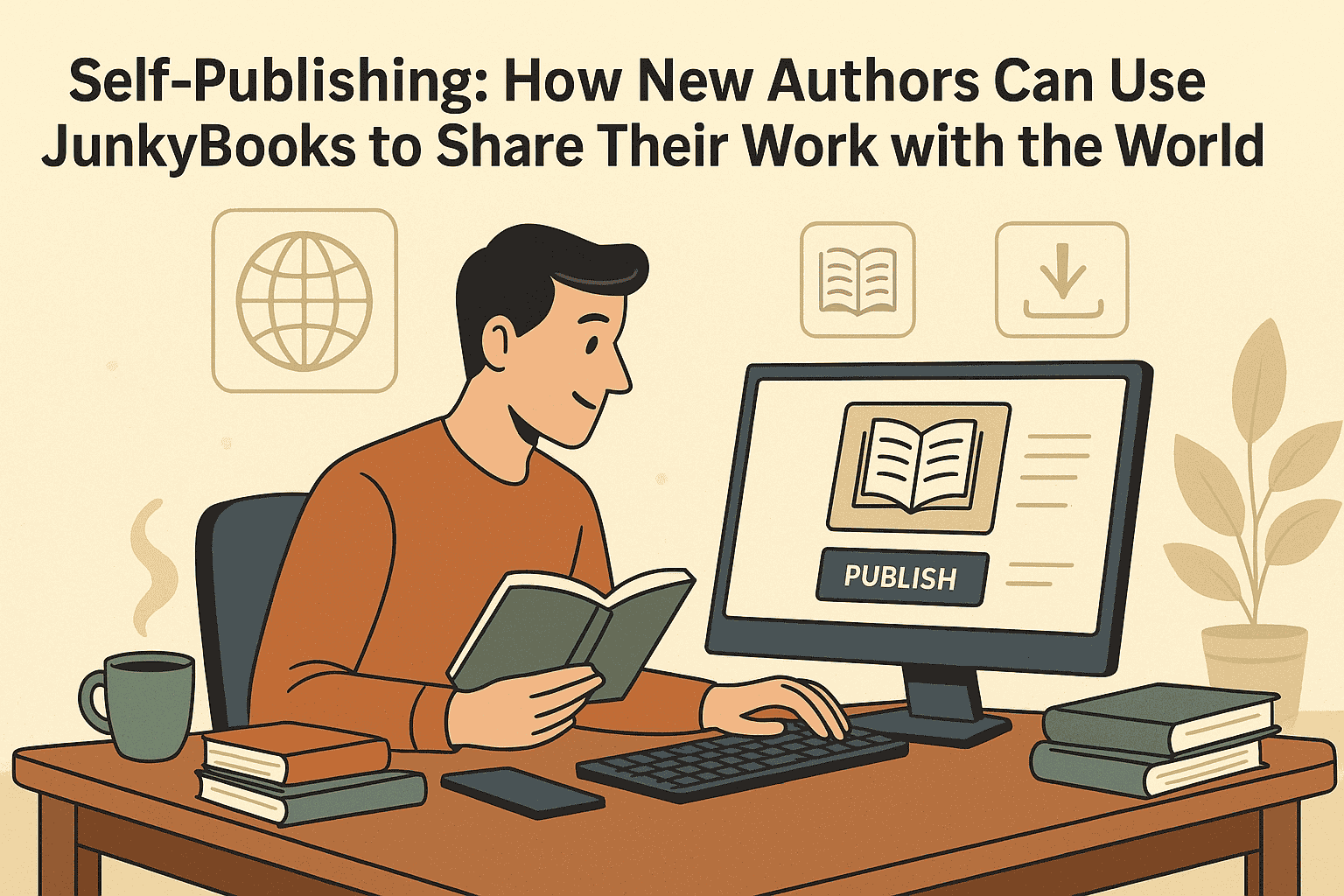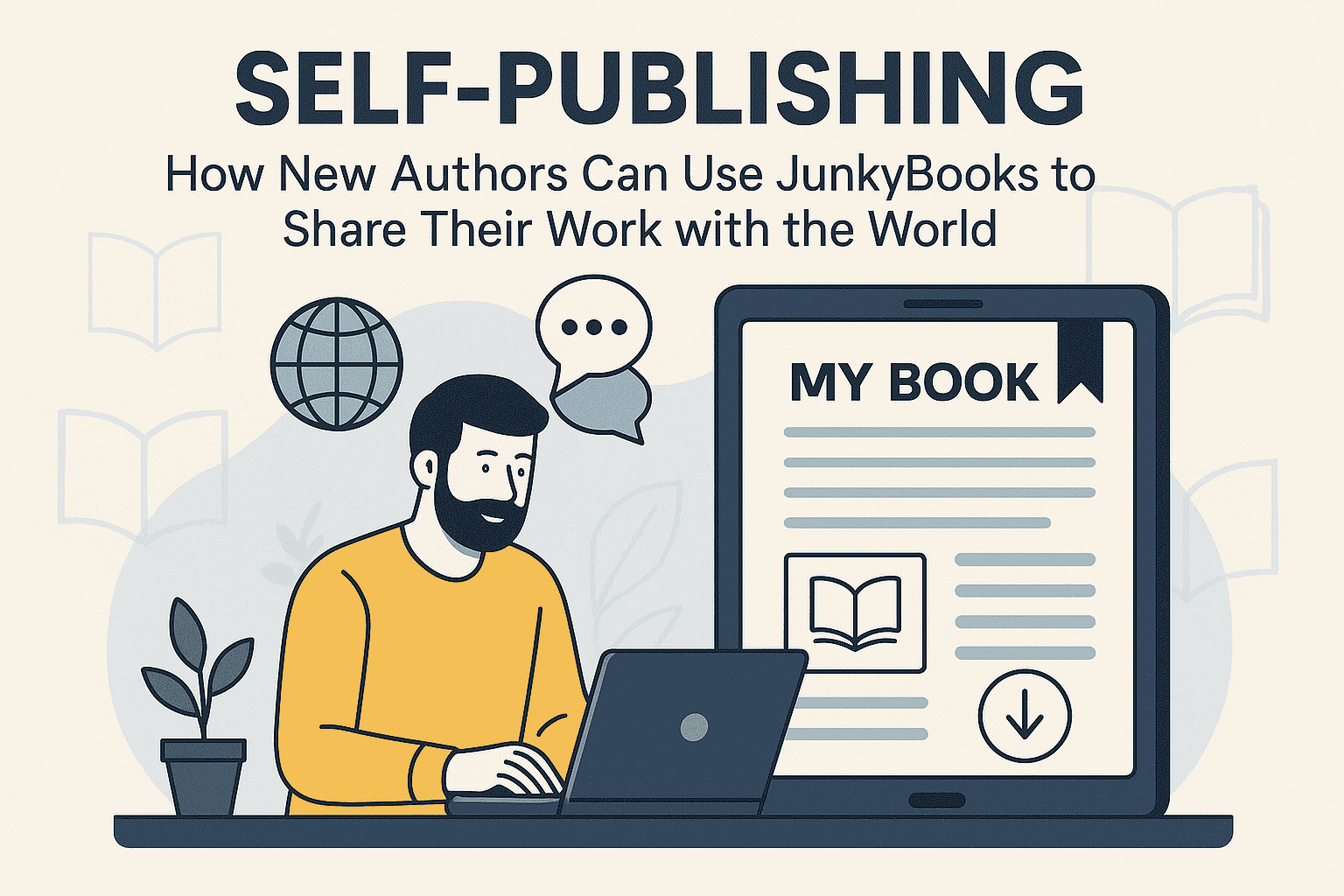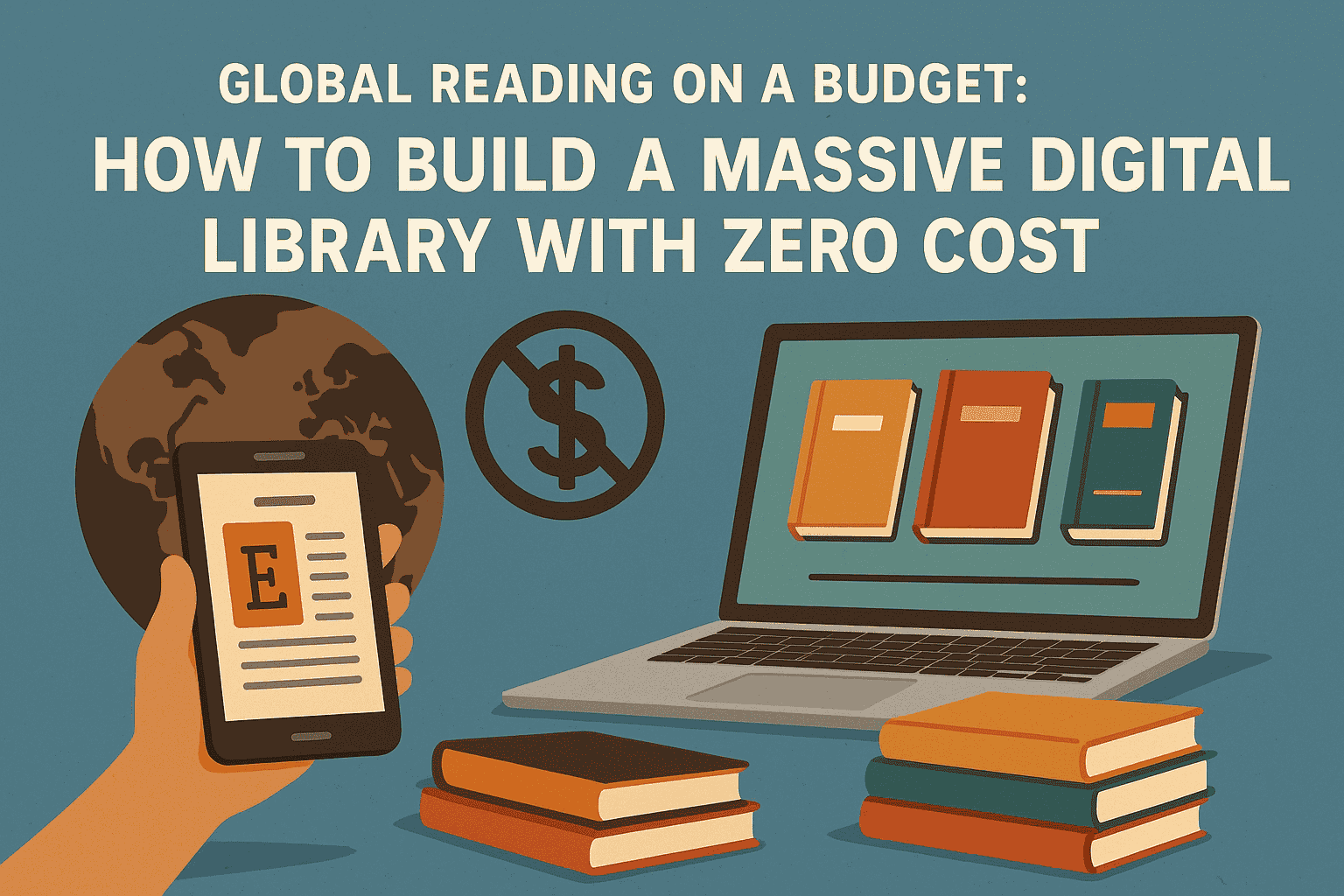Business Failures and Comebacks in Novels
Failure is one of the most powerful narrative forces in literature—and in business. In the world of novels, the rise-and-fall-and-rise-again structure is not just reserved for heroes on quests or romantic pursuits; it also fuels stories about entrepreneurs, executives, and dreamers navigating the treacherous terrain of commerce. Business-centric fiction captures the drama, heartache, and resilience behind both crushing losses and spectacular rebounds.
This article explores how novels portray business failures and the characters who fight their way back—transforming defeat into wisdom, and ruin into redemption. From high-flying executives brought low by hubris to underdogs clawing their way up from the bottom, these stories reflect real-world entrepreneurial grit and human vulnerability.
Failure as Catalyst: When Success Crumbles
Business failure in fiction is rarely just financial. It's often emotional, moral, and deeply personal. A company’s collapse typically signals a turning point for a character—forcing them to confront their beliefs, relationships, and self-worth.
In The Financier by Theodore Dreiser, Frank Cowperwood is a brilliant but ethically flexible businessman who climbs the financial ladder during the post-Civil War boom. When his risky investments and questionable alliances lead to scandal and bankruptcy, Frank’s downfall is both public and humiliating. However, Dreiser doesn’t treat this as a final defeat. Rather, it becomes a crucible for Frank’s evolution into a more calculating and determined figure. The novel explores how failure, especially when fueled by ambition, can seed the desire for reinvention.
Similarly, in The Bonfire of the Vanities by Tom Wolfe, Sherman McCoy’s fall from grace begins with a wrong turn—literally and metaphorically. A bond trader living the high life in New York, Sherman sees his career, reputation, and family life implode following a hit-and-run scandal. Wolfe’s story is a satire of greed, hubris, and institutional rot, but it also examines how individuals cope (or fail to cope) with professional ruin.
These narratives underscore a central truth: failure is often the moment when the real story begins.
Comebacks Built on Reinvention
Fictional characters who recover from business setbacks often do so not by returning to what they were, but by becoming something new. Reinvention—of identity, strategy, or purpose—is at the heart of most literary comebacks.
In Joyland by Stephen King, Devin Jones isn’t a typical entrepreneur, but the novel’s setting—a declining amusement park—becomes a metaphor for resilience and recovery. As Devin takes on odd jobs and uncovers a dark mystery, he also helps restore some of the park’s lost magic. The novel weaves personal and professional growth, showing how spaces and people can both rebound from obscurity through dedication, imagination, and care.
In The Startup Wife by Tahmima Anam, Asha Ray’s tech venture, inspired by an AI-based spiritual algorithm, takes off—only to become a point of contention with her husband and business partner. When the project falters under corporate pressures and gender politics, Asha must reassert her voice and vision. Her comeback is not just about salvaging a company; it’s about reclaiming authorship of her own story.
Reinvention in fiction often requires characters to reassess what success means. Is it profit? Purpose? Power? The best comebacks offer a new answer.
Underdogs Rising After Defeat
There’s something deeply satisfying about a character who loses everything—only to build something better from scratch. Novels that focus on underdogs provide not just dramatic tension but emotional depth. These characters often face systemic challenges, personal demons, or sheer bad luck. Their comebacks are hard-earned.
In A Man in Full by Tom Wolfe, real estate magnate Charlie Croker faces a steep financial crash after years of excess. As creditors close in, Croker’s veneer of invincibility shatters. Yet throughout the novel, Wolfe juxtaposes Croker’s fall with another man’s spiritual awakening, suggesting that moral and professional rebirth are intertwined. The business comeback here isn’t about regaining wealth—it’s about regaining integrity.
In Company by Max Barry, the collapse of a mysterious, bureaucracy-ridden corporation leads to chaos—but also clarity. As employees realize they’ve been pawns in a vast experiment, they begin building something more human and meaningful. This satirical novel suggests that failure can strip away illusions and reveal new ways forward.
Underdog stories highlight the virtues of persistence, adaptability, and sometimes rebellion against toxic systems. They remind us that comebacks are often forged in the crucible of failure.
Lessons from Fictional Failures
Business failures in fiction rarely result from one bad decision. Instead, they stem from deeper issues: flawed values, poor leadership, overconfidence, or ignoring early warning signs. These patterns mirror real-world business collapses—and offer cautionary lessons.
In Disgrace by J.M. Coetzee, while not about business per se, the protagonist’s fall from academic and social grace functions much like a corporate implosion. The novel explores how denial and pride prevent growth. Only by confronting the pain of failure can one begin to change.
In Silicon Valley noir works like Douglas Coupland’s jPod, workplace dysfunction and digital detachment cause gradual collapse. The brand may still be standing, but the people inside are falling apart. This kind of "quiet failure" reflects how businesses can rot from within while still projecting success.
Fiction helps readers examine not just the mechanics of business failure, but its human cost. Reputation, relationships, mental health—all are at stake when enterprises fall.
Comebacks as Commentary
Literary comebacks often serve a dual purpose: advancing plot and offering social critique. They raise questions about second chances, the ethics of ambition, and who gets to fail and try again.
In Americanah by Chimamanda Ngozi Adichie, while not a business novel outright, the protagonist Ifemelu’s blogging success after years of struggle is a kind of entrepreneurial comeback. It reflects how marginalized voices can reshape public discourse and carve out unconventional paths to success.
Similarly, in The Fountainhead by Ayn Rand, Howard Roark’s architectural failures and eventual triumph reinforce Rand’s philosophy of individualism and creative integrity. His comeback is framed as a moral victory over collectivism and compromise.
These comebacks are about more than just career recovery—they’re ideological. The characters’ rebounds challenge societal norms about who deserves success and why.
Emotional Recovery and Redemption
Often overlooked in business fiction is the emotional weight of failure and the vulnerability involved in trying again. The best novels don’t just document professional success—they show the scars left behind.
In The Rise and Fall of Great Powers by Tom Rachman, the narrative moves between decades, slowly revealing the backstory of Tooly Zylberberg, a former bookseller caught up in scams and betrayals. While not a traditional business figure, her path from chaos to calm, and from mistrust to connection, is a deeply moving comeback story.
Emotional recovery is at the core of many business narratives. Novels show that rebuilding after failure requires not just new strategies, but new selves.
Conclusion: What Novels Teach Us About Failure and Resilience
In business, as in life, failure is inevitable. What matters is what comes next. Novels provide fertile ground for exploring the emotional and strategic dimensions of both collapse and recovery. They show us that business isn’t just numbers—it’s narrative.
Characters who bounce back from ruin don’t just teach us about grit. They show us that failure can be liberating. It strips away illusions, clarifies purpose, and paves the way for reinvention. Whether it's Gatsby’s doomed attempt at a personal brand, Croker’s reluctant humility, or Asha Ray’s tech reboot, fictional comebacks illuminate real-world truths.
In the end, these stories remind us that the most compelling brand of all may be the one built on failure—reshaped, refined, and ready for a second act.







